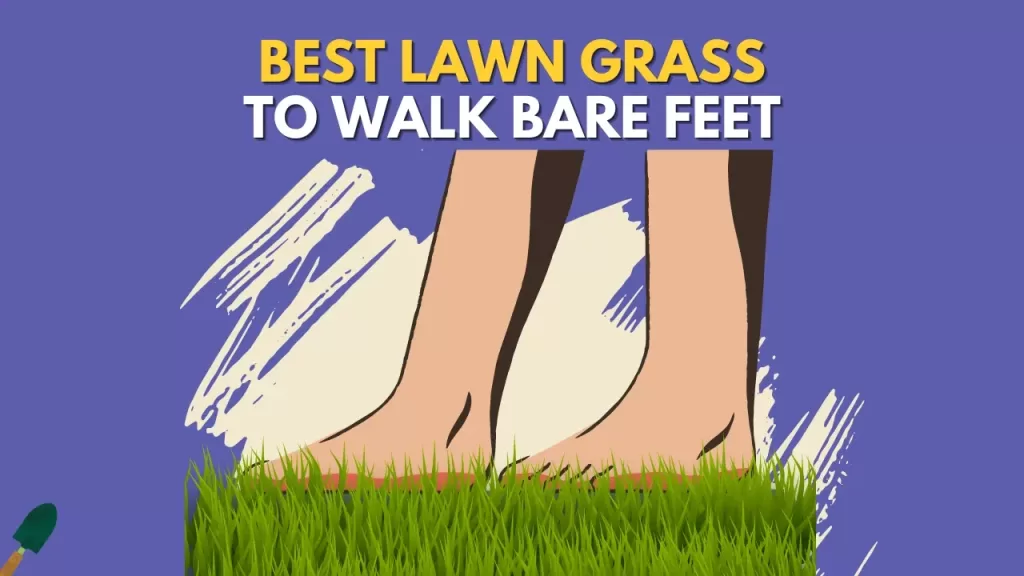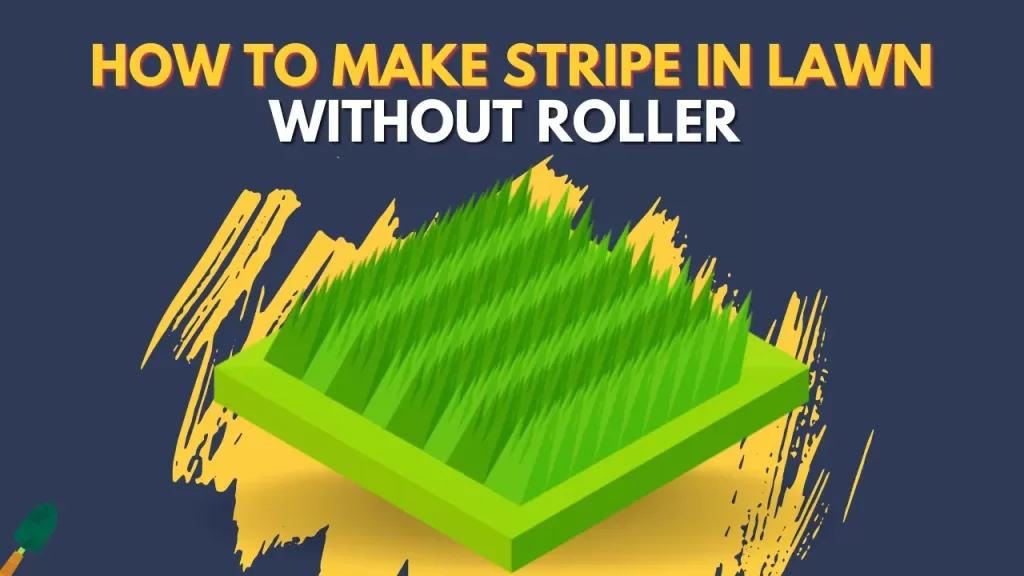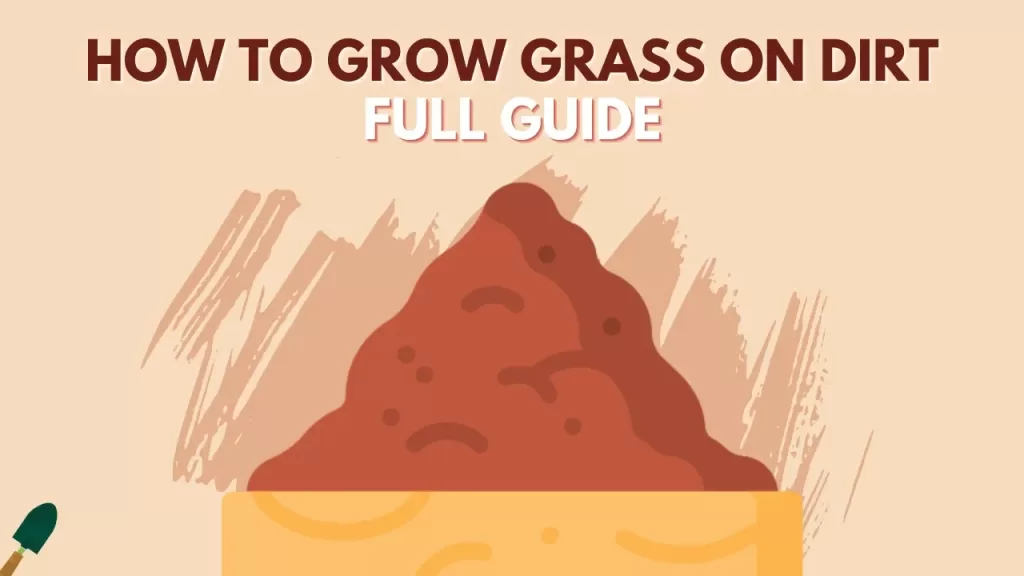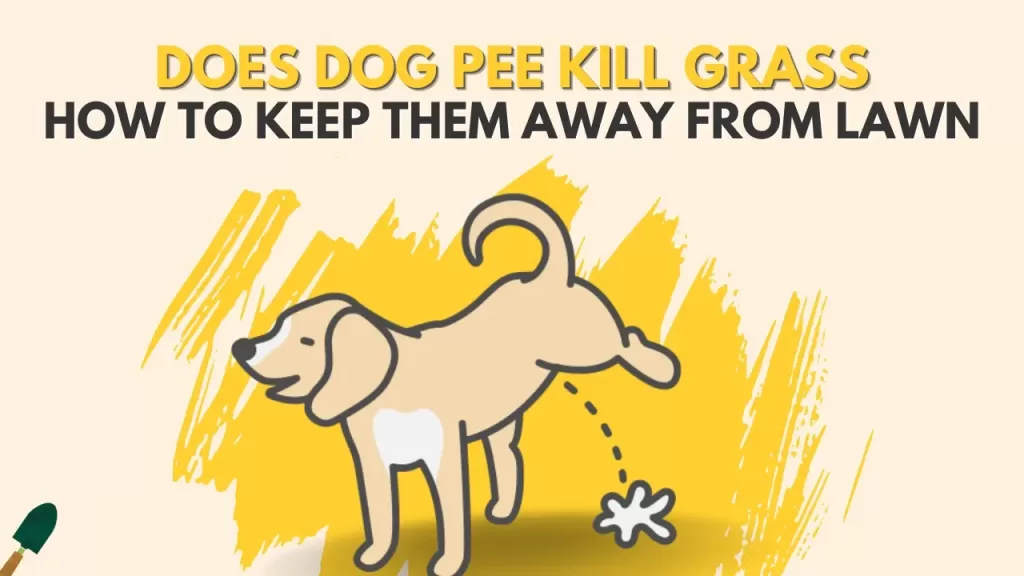Do you want to add grass seed to your existing lawn without turning up the soil? No doubt it will add colour to your lawn, create thick grass and introduce enhanced grass varieties to your lawn. scroll down to know the benefits and procedures to overseed your lawn with bermudagrass. So what exactly is overseeding?
Overseeding is the process of introducing new grass seed into the existing lawn to make it thick and fill up all the bare patches. Overseeding is also done to make the lawn beautiful and to ensure that there are no bare spots or places left as bermudagrass goes dormant in the winter season and some of the plants die and don’t come back from dormancy.
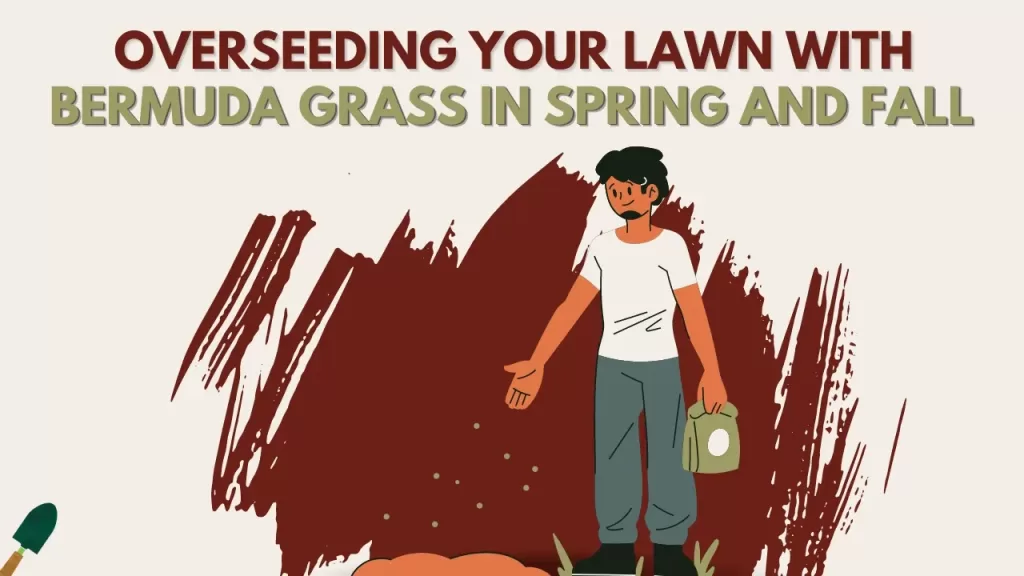
WHY OVERSEED YOUR LAWN WITH BERMUDA GRASS?
Every year some of the lawn grass dies due to several reasons from bad watering to poor maintenance. So after removing this dead grass from the lawn, these places will remain open and available for weeds or other unwanted plants to grow or be as it is. This all will make the lawn look ugly.
So to improve the looks of the lawn and to prevent any unwanted plants from growing in your lawn we take the help of overseeding. Overseeding fills these patches or open places with new healthy grass. Overseeding is also done to ensure that the lawn stays green all around the year and does not look green in one season and ugly in others. This can be achieved by overseeding the lawn with different kinds of grass from the grass you already have on the lawn.
BENEFITS OF OVERSEEDING WITH BERMUDA GRASS
- Preventing weeds – Reduce weeds from the lawn by eliminating any bare patches or open areas. Weeds also make the lawn look ugly and unhealthy and can be very difficult to remove from the lawn. So preventing the weed from coming into the lawn will be helpful.
- Makes it thick – Overseeding also makes the lawn look thick which is beneficial for the lawn but also pleasing to look for the lawn owner.
- Reduce stress from the lawn – a thick and healthy lawn reduces the stress from the grass, making it grow healthy and stay healthy in the lawn, and survives heat and drought.
- High tolerance – bermudagrass is a very tough grass as it is heat and drought resistant and overseeding makes the turf dense and more resistant to heat and drought.
WHEN SHOULD YOU SEED BERMUDA GRASS?
Overseeding in the Bermuda lawn is done at the start or the end of the season when the soil temperature is optimal for the grass seed to germinate in the lawn. The overseeding is done after the last frost in the spring or the early or late fall. This is a time when the seeds germinate at their best and the grass has the perfect environment to grow and establish itself in the lawn.
Overseeding the Bermuda lawn is also done in the fall. In this period the overseeding is done with Bermuda seed or with cool-season grass seed to make the lawn green all year round as the bermudagrass go dormant in the winter season the lawn looks dead and ugly.
The fall overseeding is usually done in late August to mid-September when the temperature is between 50 to 70 degrees Fahrenheit which is optimal for warm-season as well as for cool-season grasses.
BEST TIME FOR OVERSEEDING
If you are overseeding the lawn with Bermuda seed then the best time for it is to do it in the early spring after the last frost when the soil temp is between 55 to 65 degrees Fahrenheit. The early overseeding gives the new grass some time to establish itself in the ground before the summer heat kicks in.
If you are overseeding the Bermuda lawn in fall with the cool-season grasses like fescue or perennial ryegrass. The best time to overseed is in the fall, between mid to late September when the soil temp is between 50 to 60 degrees Fahrenheit which is optimal for the cool season grass to properly germinate in the lawn.
HOW TO OVERSEED BERMUDA LAWN?
- Prepare the lawn – Preparing the Bermuda lawn before overseeding is very crucial as well as good to give new seeds a proper base to germinate. If the lawn is not prepared well or is unhealthy then the seeds can struggle to germinate in the lawn. Test the soil and check for soil acidity to make the lawn healthy.
- Aerate – After the soil test check if the soil is compacted or loose. If the soil is compacted then aerate the lawn with the help of an aerator or power rake which will remove small chunks of soil from the turf and make the soil loose.
- Dethatch – Dethatching the lawn is not necessary before overseeding the lawn but if you see a thick layer of thatch in the lawn which can block the seeds from getting in contact with the soil then you have to dethatch the lawn. A thick layer of thatch can block the seeds from germinating well into the soil and have very shallow root development which will make your lawn very unhealthy.
- Mow Lower – After dethatching and aerating the lawn. Mow the lawn short to get the seeds to get properly into the soil. Taller grass can also block the sunlight from properly getting into the soil which will block the seeds from germinating well and all the efforts will go in vain.
- Clean – After all of the aeration, dethatching, and mowing there will be a lot of stuff in your lawn as well as other things like rocks or wood. Clean up the whole lawn first to make sure nothing is blocking the seeds from getting into the soil.
- Fertilize – After cleaning, fertilize the lawn with a starter fertilizer to give the lawn all the nutrients and minerals. Starter fertilizer releases nutrients very fast into the soil. The fertilizer will help the seeds to germinate faster and healthier.
- Spread the seed – After all the preparation and fertilization, now it’s time to spread the seed into the lawn. Spreading the seed properly to the lawn is very crucial as it can make or break your lawn. To spread the seeds properly, divide the whole batch of seeds into two batches and spread one time vertically and one pass horizontally into the lawn.
- Rake – After the seeding rake the lawn lightly to cover up the seed with the soil. Raking will help the seed to get into the soil and germinate properly. Raking also helps the seeds from getting eaten by birds or blown away on heavy watering.
- Water – Watering after overseeding or seeding is very crucial. After the seeding, water the lawn very lightly 2 to 3 times a day. Watering lightly and frequently is very important to keep the soil moist as it will help the seeds to germinate well into the lawn. Reduce the frequency after a week of light watering and slowly start heavy watering when you see little grass growing up. Heavy watering, in the beginning, is also bad as it can wash away the seeds and can ruin all of your work.
- Maintain – Maintaining the lawn after overseeding is very crucial as it can make your lawn thicker and healthier. The three main things of maintaining a lawn are watering, mowing, and fertilization.
Watering infrequently and heavily once a week will make the grass develop deep roots into the soil, which will make the lawn heat and drought resistant and healthier.
Mowing only 1/3rd of the grass every week will make the grass have sideways growth and make your lawn thick and healthy.
Fertilize the lawn every five to six months with slow-release fertilizer which will slowly release the nutrients into the soil for around 3 to 4 months to make the soil healthy and nutrient-rich all year around. Fertilizing will also give the grass a boost to grow thicker and taller which will also help in keeping the weeds and unwanted plants away from the lawn.
HOW FAST DOES BERMUDA GRASS SPREAD?
The Bermuda grass seed usually takes around 5-7 days to germinate in the lawn and then 35 to 40 additional days to fully establish itself in the lawn. After you have planted the bermuda grass in your lawn, it takes 40 to 50 days for the grass to spread in the lawn.
WHAT IS THE BEST GRASS SEED TO OVERSEED BERMUDA GRASS LAWN?
The best grass to overseed the bermuda grass lawn is fescue grass. This is a cool-season grass that stays green all year long and mainly in the winter season when the bermuda grass goes dormant. You can also overseed bermuda grass with perennial ryegrass as it is also a cool-season grass and will stay green in winter.
BERMUDA V/S FESCUE. WHICH IS BETTER?
When overseeding the lawn, you can have confusion about which grass to choose to overseed your lawn. Go with the same bermuda grass which is already on the lawn or go with tall fescue.
The main difference between these two types of grass is that both grow in different seasons. While bermuda grass grows in summer, the tall fescue grass grows in winter. Another big difference between those two types of grass is that while bermuda grass grows well when it stays short as it wants to spread the lawn sideways and stay thick. On the other hand, tall fescue loves to grow tall and usually stays healthy when kept long on the lawn.
So if you want your lawn thicker in the summer then you should overseed the lawn with bermuda grass. But if you want your lawn to stay green all year round then you should overseed the lawn with tall fescue in the fall which will grow in the winter when the bermuda grass goes dormant and brown.
BERMUDA V/S RYEGRASS. WHICH IS BETTER?
The difference between bermuda grass and ryegrass is similar to tall fescue as ryegrass is also a cool-season grass that grows in winter.
But there are two types of ryegrass that can be used to overseed the lawn. Annual ryegrass and perennial ryegrass. As the name suggests, annual ryegrass stays alive in the lawn just for one year and then dies off on the other hand perennial ryegrass stays green for years to come.
The other difference between these two types of grass is that the cost of annual ryegrass is cheaper and very easy to maintain but perennial ryegrass costs more and takes more maintenance but you don’t have to overseed the lawn every year with perennial ryegrass.
So if you want to have a healthy lawn every year in the winter without the need of overseeding then go with the perennial ryegrass. It will cost more but it will be worth the cost.
In closure, just go with the grass you think suits your lawn best and have an ecstatic view in your backyard. Meanwhile, we are gonna back you up with such useful articles you need to enhance your lawn. Do check other of our articles as needed. Until then GET SET GARDENING!!

